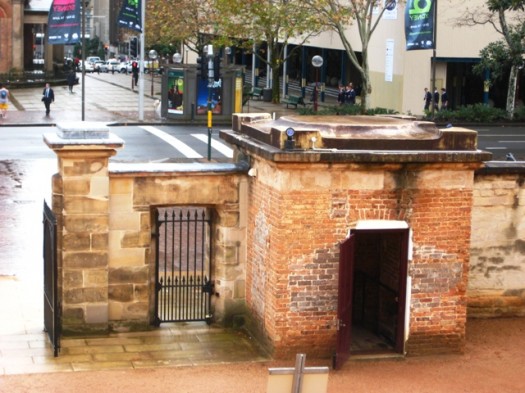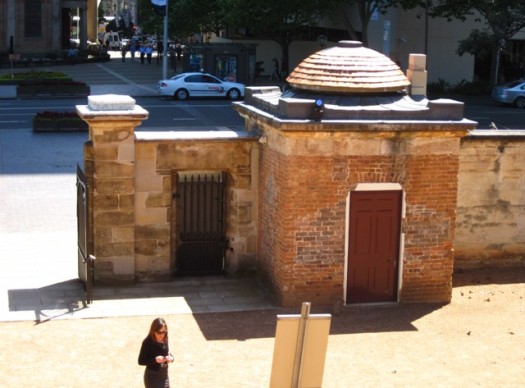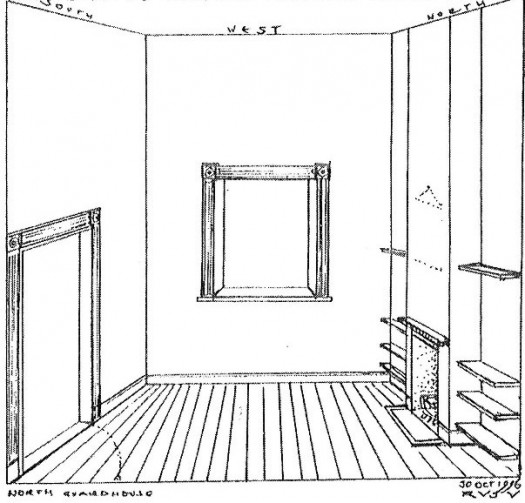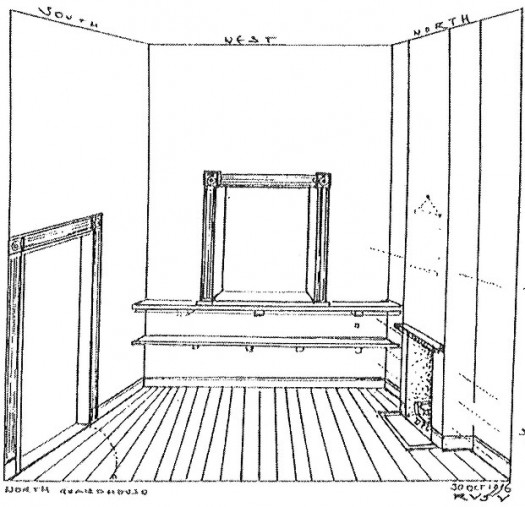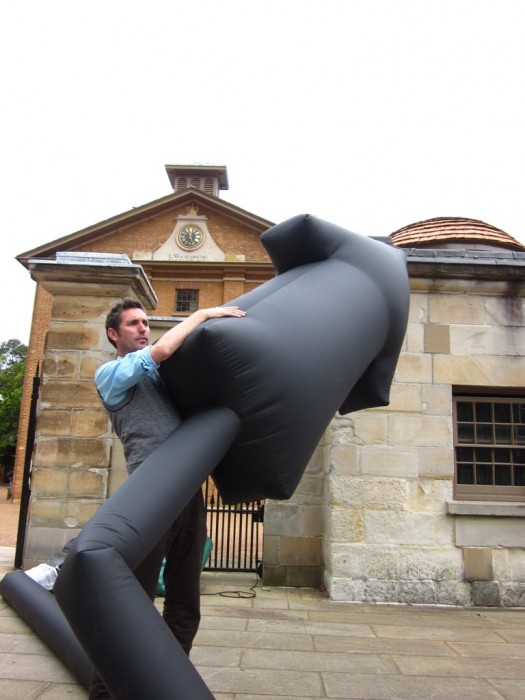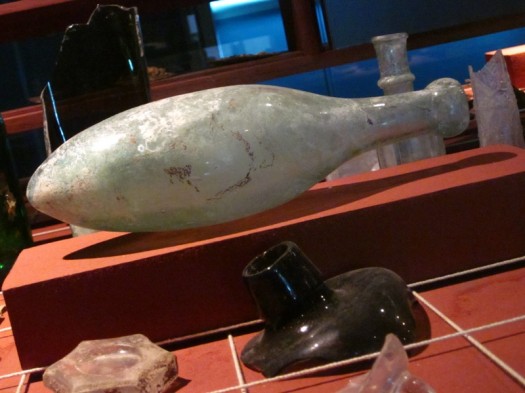Thu 27 Oct 2011
Personal memories: shared spaces
Posted by Nicole Canham under Domes
No Comments
This week, we wanted to share with you a conversation we had with one of the passionate people who work at the Hyde Park Barracks: Curator Gary Crockett.
Conversations about Domes: Gary Crockett talks from Historic Houses Trust on Vimeo.
What was fascinating about that conversation was the number of different meanings the domes took on, depending on who you were referring to. We could view the domes as the architect Greenway having some fun – having designed a very imposing sandstone structure, he caps it off with two wooden-shingled domes that are whimsical and almost ephemeral compared to the building they are decorating. We could view the domes as an unnecessary and expensive item to maintain and repair – and we imagine what it must have been like for convicts arriving to the Hyde Park Barracks as it fell into a state of disrepair with the dilapidated domes and broken windows rendering the dominating building desolate and terrifying. We could view the gatehouse in terms of another of its uses – as a child’s bedroom at one point, and at other times a location for lover’s lunchtime trysts.
So what happens when we conserve or preserve a building or site? Most of these places do not revert to their original uses, but are reimagined as museums or gallery spaces. We return the building to a state of stability and functionality in order that we might create a new life for the building through the ways in which we enable people to see its purpose and meaning in new ways. In that sense, restoring and old buildings from the past links us to our history and heritage by giving us the opportunity to view ourselves and our current lifestyle differently.
Come and check out the domes, or contribute a shingle to our paper sculpture dome we’re creating for Domes Day on Sunday 13 November and see Hyde Park Barracks in a whole new way, thanks to two little wooden domes.

